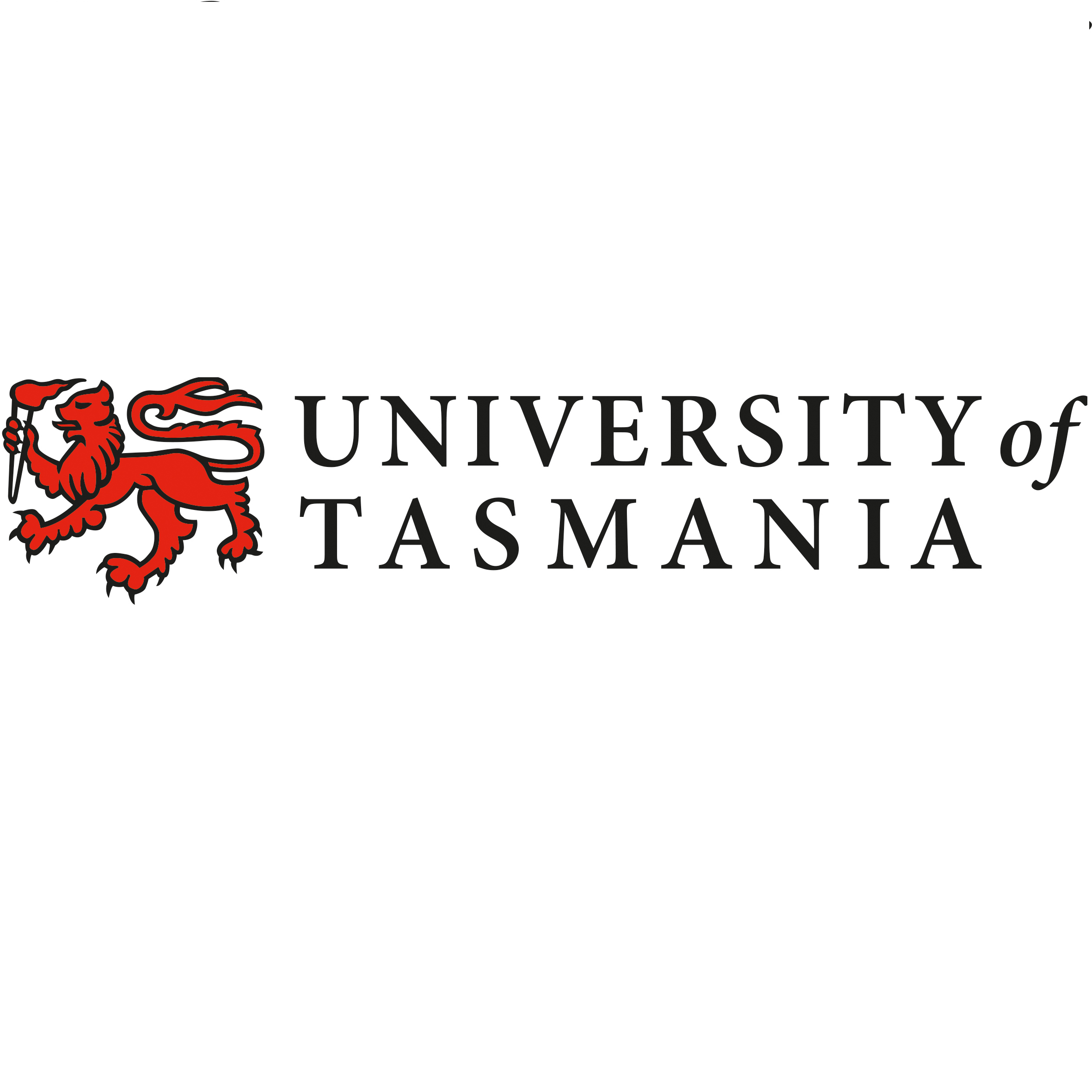Brief description
These files contain the data recorded from a mesocosm experiment conducted in Bergen, Norway 2022 which assessed the effect of simualted mineral-based (silicate or calcium) ocean alkalinity enhancement (OAE) on diatom silicification. Ten mesocosms were used in total, divided into two groups either the silicate- or calcium based group and alkalinity was increased by either 0, 150, 300, 450 or 600 µmol L-1 above natrually occuring levels. The PDMPO-fluorescence (an appropriate proxy for silicification) of diatoms was recorded on eight seperate days during the experiment. Accompanying data includes measured; macronutrients (nitrate, nitrite, phophate, silicate), total alkalinity, biogenic silica in the water column and sediment trap.Lineage
Maintenance and Update Frequency: notPlannedIssued: 29 08 2023
Data time period: 2022-05-07 to 2022-07-06
text: westlimit=5.197091; southlimit=60.26561; eastlimit=5.224729; northlimit=60.272846
User Contributed Tags
Login to tag this record with meaningful keywords to make it easier to discover
(DATA ACCESS - browse and download available files)
uri :
https://data.imas.utas.edu.au/attachments/2a414204-ed47-431d-bad7-a6fee9dca874![]()
- DOI : 10.25959/G3FN-HE45

- global : 2a414204-ed47-431d-bad7-a6fee9dca874


